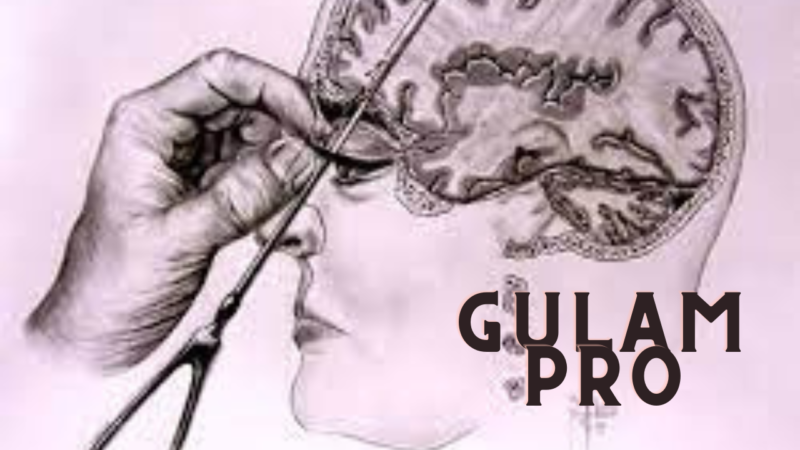Beyond Blue Hues: Exploring the Depths of “Sad DPs”

We’ve all seen them – those profile pictures shrouded in melancholy, conveying a silent pang of sadness across our digital landscapes. Often dismissed as fleeting trends or teenage angst, “sad DPs” (display pictures) hold a deeper significance, mirroring complex emotions and acting as windows into the human experience. This article delves beyond the blue filters and tear-stricken eyes, exploring the multifaceted world of sad DPs.
From Pixels to Emotions: The Psychology of Sad DPs
Why do we choose to project sadness through our online avatars? Psychologists offer several explanations. Sadness can be a form of self-disclosure, a way to connect with others on a vulnerable level and potentially attract support. It can also be a coping mechanism, a way to externalize and process negative emotions. Furthermore, sad DPs can act as a signal, communicating our need for space or understanding from others.
However, the impact of sad DPs can be multifaceted. While expressing sadness can foster empathy and connection, it can also amplify negative emotions, potentially triggering sadness in others or perpetuating a cycle of emotional contagion. Studies suggest that exposure to negative online content can impact mood and mental well-being, highlighting the importance of mindful engagement with such content.
Beyond Stereotypes: A Spectrum of Sadness
The realm of “sad DPs” encompasses far more than tearful selfies and rain-soaked photographs. A closer look reveals a diverse spectrum of visual storytelling, each nuance conveying a different facet of sadness.
- The Lonely Road: Images of solitary figures amidst vast landscapes, empty streets, or deserted beaches evoke a sense of isolation and disconnection.
- The Silent Scream: Close-up portraits with downcast eyes and furrowed brows express internal turmoil and unspoken anguish.
- The Faded Palette: Black and white photography, washed-out colors, and blurred landscapes paint a picture of emotional numbness and loss of vibrancy.
- The Poetic Metaphor: Symbolic imagery, such as wilting flowers, broken objects, or stormy skies, use visual metaphors to depict emotional fragility and loss.
More Than Meets the Eye: Cultural Context and Social Media Trends
The interpretation and impact of sad DPs are often influenced by cultural context. In some cultures, expressing sadness publicly is acceptable and even encouraged, while others place a strong emphasis on maintaining a positive façade. Social media trends also play a role, with certain filters, hashtags, and challenges shaping the way sadness is visually communicated online.
For instance, the rise of “aesthetic sadness” on platforms like Tumblr and Instagram highlights how sadness can be romanticized and even fetishized in digital spaces. While this trend can offer a space for validation and artistic expression, it’s crucial to be mindful of potential downsides, such as the blurring of lines between genuine sadness and performative displays of melancholy.
Beyond the Screen: Using Sad DPs as a Catalyst for Growth
Sad DPs are not merely static images; they can be stepping stones to deeper conversations and personal growth. Recognizing the emotions they evoke can prompt self-reflection, encouraging us to explore the source of our sadness and engage in healthy coping mechanisms.
Openly discussing the emotions behind sad DPs can foster empathy and understanding within online communities. Sharing personal experiences and offering support can create a sense of belonging and break down the stigma surrounding negative emotions.
Furthermore, sad DPs can serve as creative outlets, empowering individuals to express their vulnerabilities and connect with others through relatable art. By turning sadness into visual narratives, we can reclaim our emotional experiences and transform them into something meaningful.
Conclusion: Sad DPs – A Window to the Human Soul
So, the next time you encounter a sad DP, instead of scrolling past, take a moment to pause. Look beyond the blue hues and tear-stained eyes. Recognize the vulnerability it represents, the unspoken story it tells. Remember, sadness is a universal emotion, a shared thread in the tapestry of human experience. And perhaps, by acknowledging and engaging with our sadness through digital expressions, we can pave the way for deeper connections, greater understanding, and ultimately, personal growth.
Beyond text, here are some multimedia elements you can consider including to enhance the reader’s experience:
- Images: Showcase a diverse range of sad DPs across different styles and genres.
- Infographics: Visually represent the psychology of sadness and the impact of sad DPs.
- Quotes: Include relevant quotes from artists, poets, and psychologists that speak to the power and nuance of sadness.
- Personal stories: Share anonymous or fictional stories about individuals who used sad DPs as a catalyst for personal growth or connection.
- Interactive elements: Create polls or quizzes that allow readers to reflect on their own relationship with sadness and online expression.
By incorporating these elements, you can create a richer and more engaging experience for your readers, turning this article






